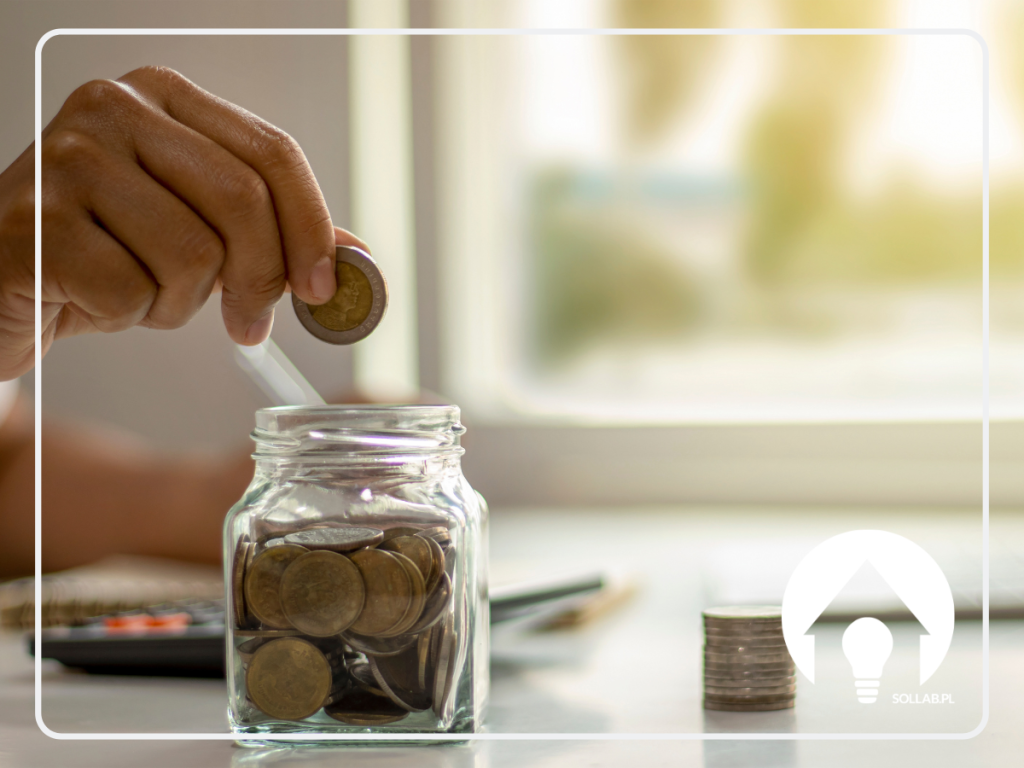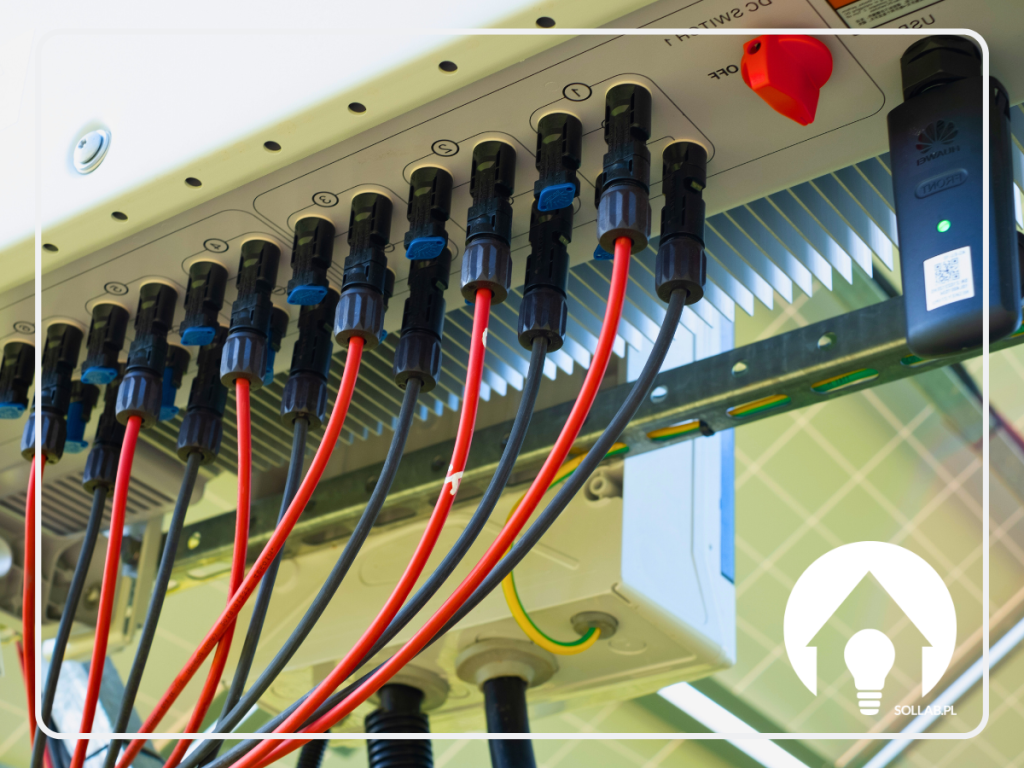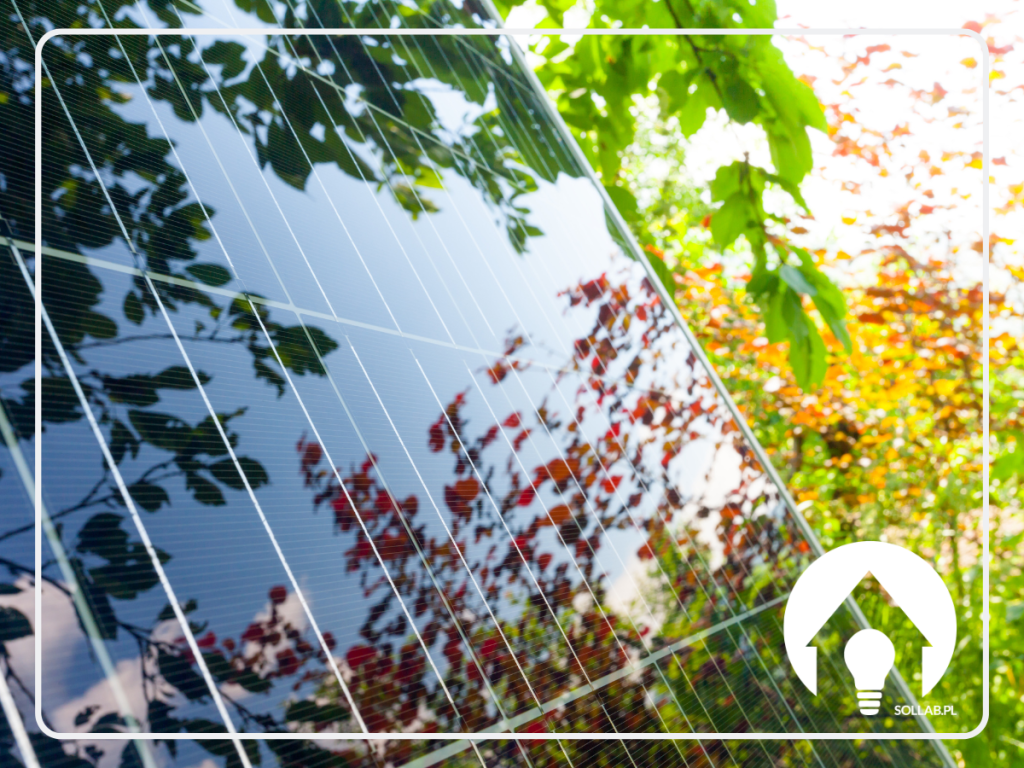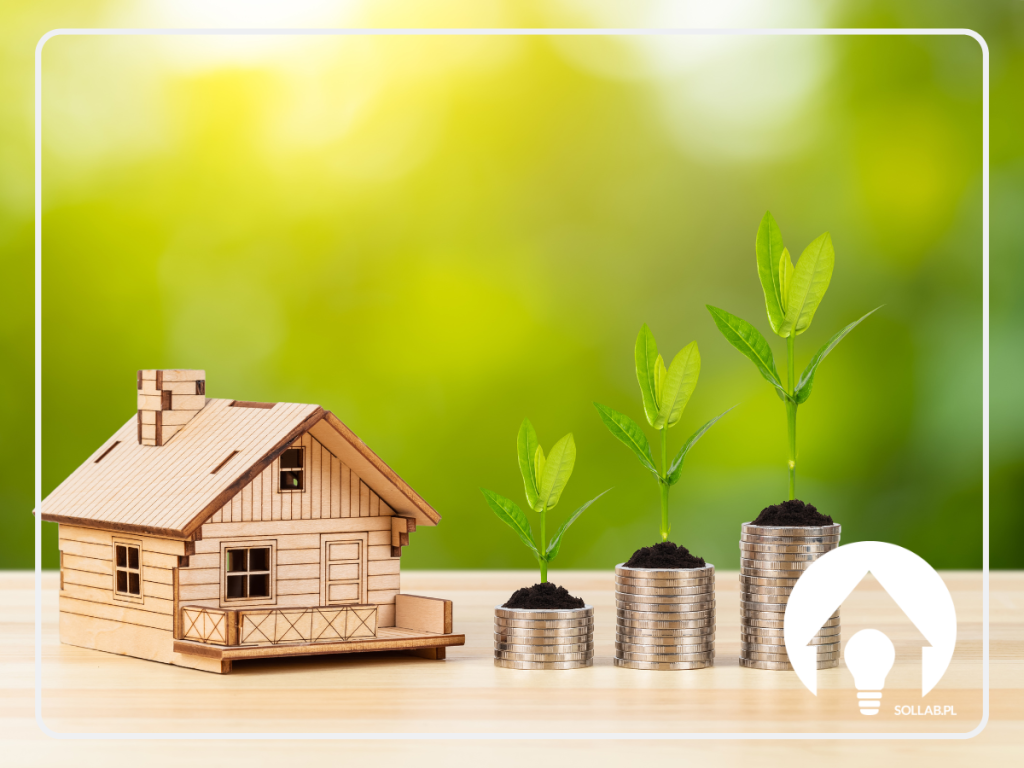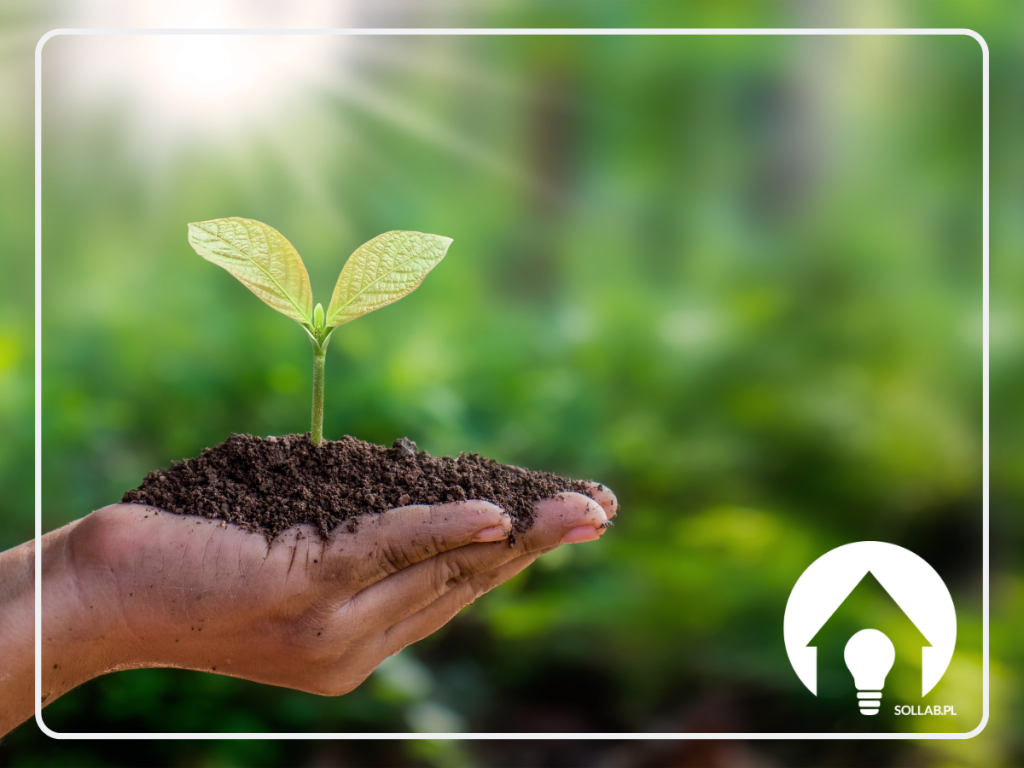How do I find out how much electricity photovoltaics have produced?
Have you ever wondered how much energy your photovoltaic installation has produced? Monitoring the efficiency of your installation is key to understanding how much solar energy is converted into electricity. In this article, we'll discuss some methods to help you track the performance of your photovoltaic system.
Energy input and output - what you need to know
Understanding the difference between energy taken in and energy given out is a key aspect of managing a home photovoltaic system. In the context of photovoltaic systems, energy input refers to the amount of electricity taken from the grid, while energy output is the energy produced by the solar panels and fed back to the grid. Here is what you should know about this topic:
Energy balancing
- Energy input: This is the energy you use from the public grid when production from photovoltaic panels is insufficient (for example, at night or on cloudy days).
- Energy returned: When the photovoltaic panels produce more energy than is needed at any given time, the excess is surrendered to the grid. In many countries, the surrendered energy is compensated or credited towards future electricity consumption.
How do I find out how much electricity a photovoltaic installation has produced?
Checking the amount of electricity produced by your photovoltaic system is important to assess its efficiency and optimise the financial benefits of your investment. Here are some ways you can monitor the energy production of your photovoltaic system:
1. dedicated energy meters for photovoltaics
These are special measuring devices that are installed together with your photovoltaic system. These meters record the amount of electricity produced by the panels. The data can be accessed directly on the meter or by connecting to your home router and the internet.
2. inverters with monitoring function
Most modern inverters (devices that convert direct current to alternating current) have built-in energy production monitoring functions. They can be connected to the home network via Wi-Fi or an Ethernet cable, allowing the performance of the photovoltaic installation to be tracked in real time via a mobile app or the manufacturer's website.
3. online monitoring systems
These are advanced platforms and applications dedicated to monitoring photovoltaic systems that offer detailed analyses of production, consumption and even weather forecasts to predict energy production. These systems can also offer advice on how to optimise energy consumption at home to make the most of the solar energy produced.
4 Independent monitoring equipment
There are also stand-alone monitoring systems available on the market that can be installed in your photovoltaic system. These are compatible with many types of inverters and can offer additional analysis and reporting functions that are not available in the manufacturers' standard applications.
How to use the monitoring data?
- Production analysis: Checking the data regularly allows you to understand how effectively your system is working in different weather conditions and seasons.
- Optimisation of consumption: By knowing when energy production is at its highest, you can adjust your home's energy consumption to make the most of solar energy.
- Problem detection: A drop in performance may indicate problems such as panel shading, dirt or technical failures. Early detection and repair can significantly improve overall system performance.
How do I check my energy consumption?
Here are some ways you can monitor and analyse your home's energy consumption:
1. electricity meter
- Traditional meters: Regular reading of traditional electricity meters allows you to monitor your overall energy consumption. By recording readings at regular intervals, you can observe trends and identify periods of increased consumption.
- Smart meters: More and more households have access to smart meters, which offer a more accurate and up-to-date view of energy consumption. They can often be read remotely and consumption data is available online or via a dedicated app.
2. Real-time monitoring of consumption
- Energy monitoring equipment: There are special monitoring devices available on the market that can be connected to the home's electrical system. They allow real-time tracking of energy consumption and identify the appliances that consume the most energy.
3. home energy management systems
- Integrated systems: Some homes have sophisticated energy management systems installed that integrate various data sources and allow detailed analysis of consumption. They can also suggest ways to increase energy efficiency.
4 Mobile applications
- Applications from energy suppliers: Some energy suppliers offer mobile apps that allow customers to monitor their energy consumption, analyse trends and compare consumption over different periods.
- Independent applications: There are also applications developed to manage energy consumption in the home, which can be linked to various monitoring devices or smart meters.
5. Energy audit
- Professional audit: For a more detailed analysis of energy consumption and identification of potential savings, you can opt for a professional energy audit. Energy auditors use sophisticated tools to measure insulation, the tightness of the building, and the efficiency of heating and cooling systems, allowing specific actions to be identified to reduce energy consumption.
Summary
Monitoring energy use is key to understanding how and when energy is being used in your home. This knowledge can then be used to make changes that will reduce energy bills and increase energy efficiency. The method you choose depends on your needs, the availability of technology and the level of commitment you are willing to make to managing your energy use.
